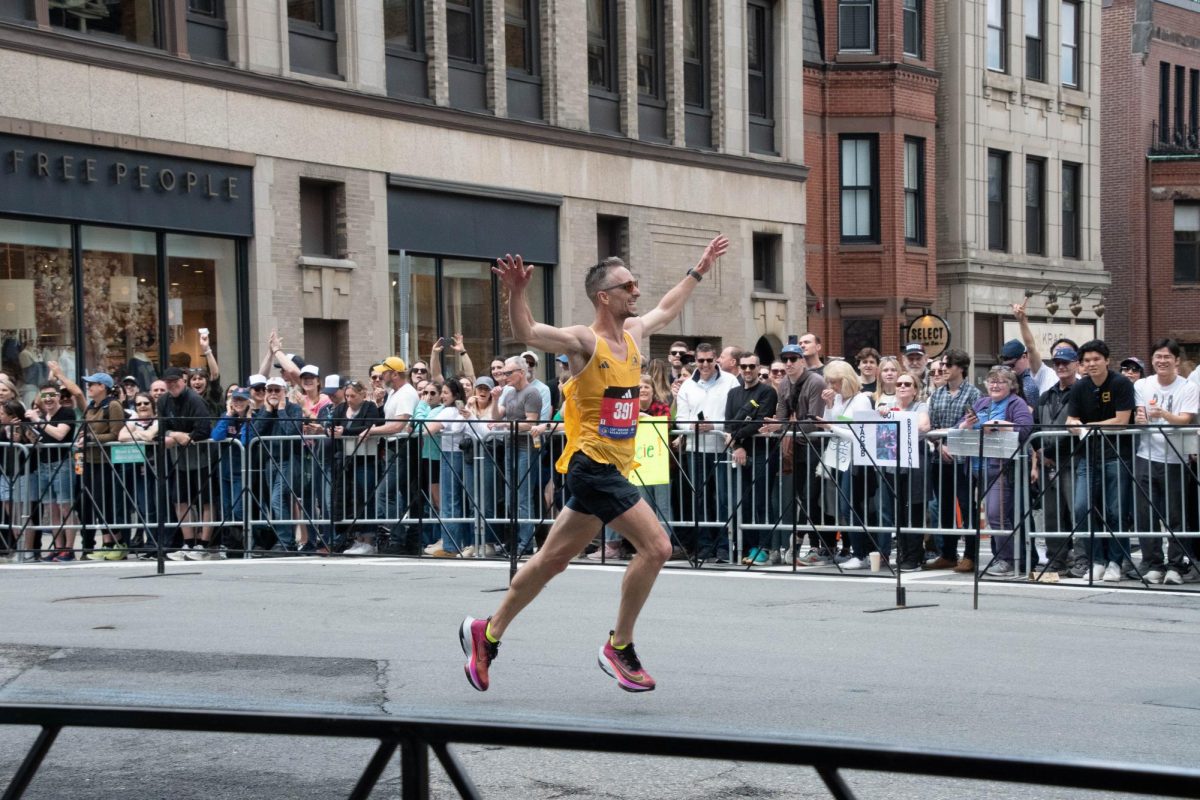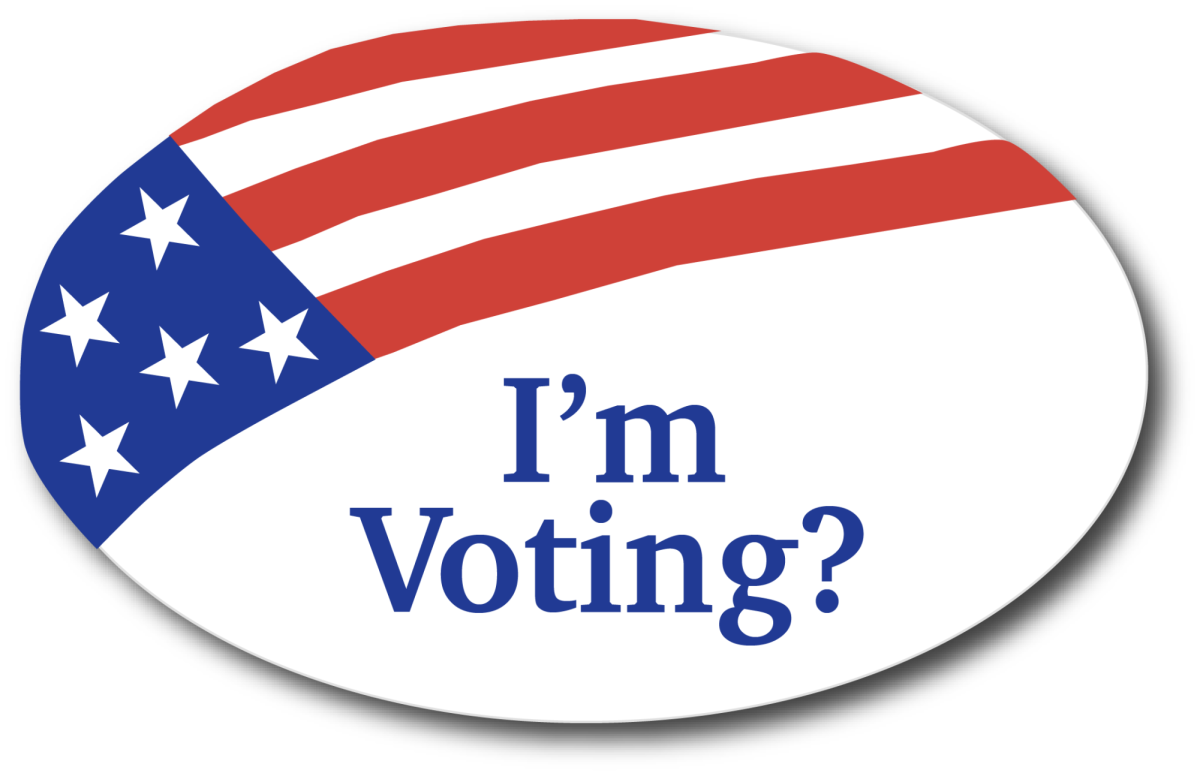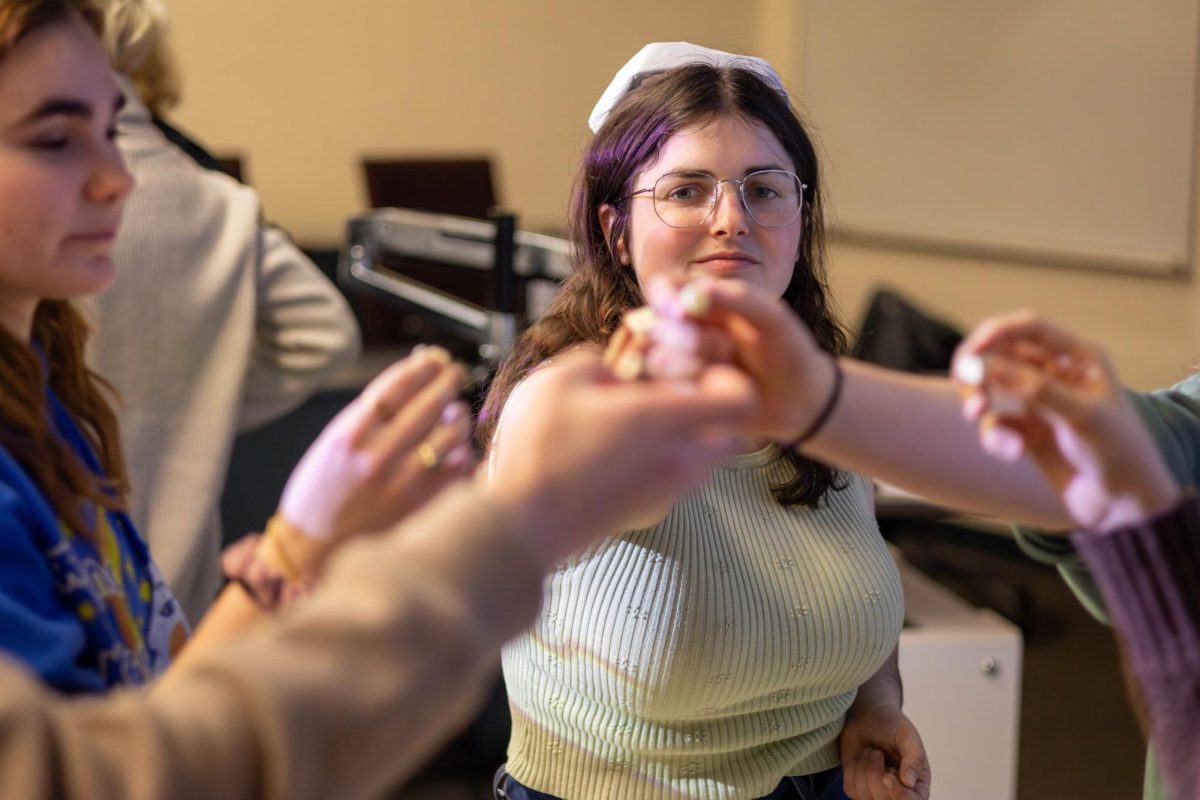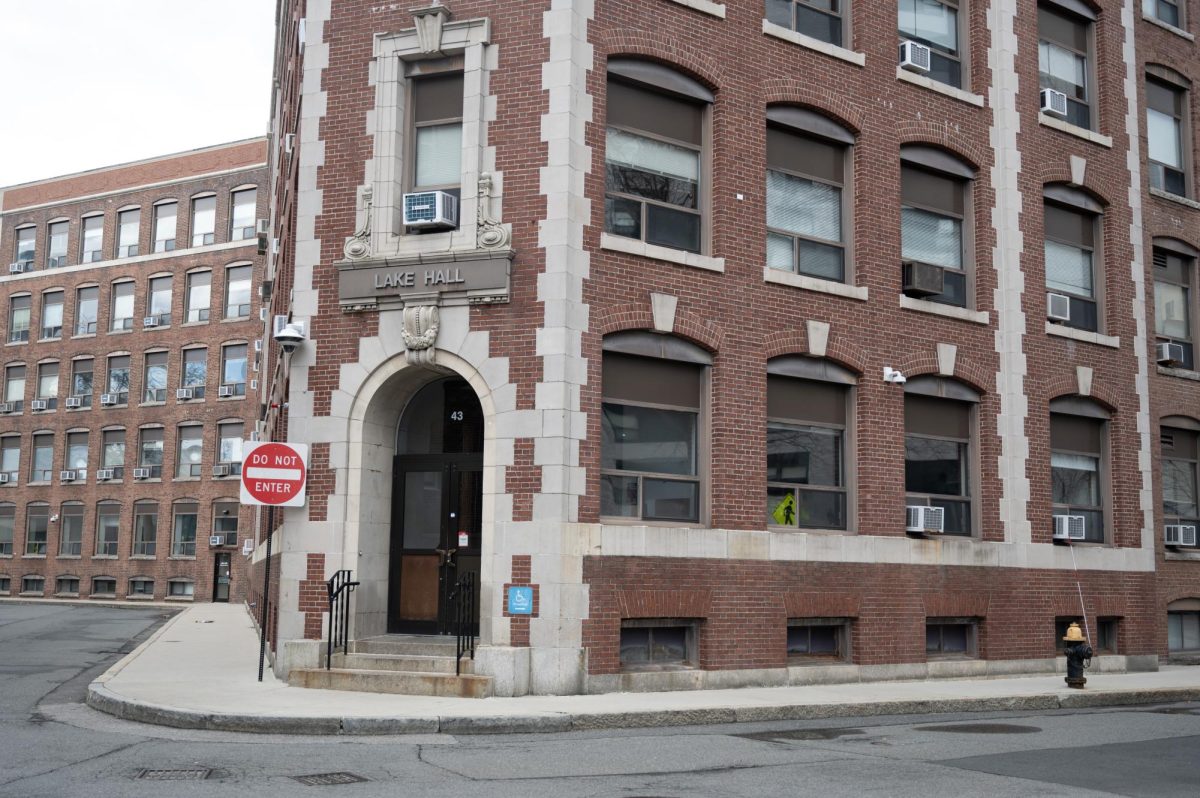The MBTA can be a quick way to get around the city, but for some riders, like Cathy Gorman of Abington, it has also led to an uncomfortable situation.
During a recent visit with her daughter, Kristen Gorman, she said a male passenger reached under her dress as he was standing in front of her.
“I kicked him and called him a filthy pig,” Gorman said. “He just scooted off the train after that. I could just tell this was something he’d done before – this was a practiced move.”
Gorman is not alone, according to recent statistics: 57 indecent crimes, including groping and verbal harassment, were reported to the MBTA in 2005. Twenty crimes were reported on the Green Line, more than on any of the other five transit lines, according to Emanuela DeSouza, an MBTA crime analyst.
“It may be because it’s college students who are targeted. The Green Line sort of has a younger crowd on it. Incidents usually happen en route, not typically at a stop. It starts around Park Street and then westward from there. Also, the green isn’t a six-car line, so people are packed in like sardines,” DeSouza said.
MBTA Transit Police have received 17 complaints so far in 2006, predominantly on the Red Line.
“I can’t explain why. It has the most riders, so it would be consistent,” DeSouza said.
DeSouza added that overall, indecent crimes affected few of the system’s more than one million daily riders.
Jim Ferrier, associate director of public safety, echoed a similar sentiment, remarking that he infrequently receives these kinds of reports from students.
“I only remember a couple of cases over many, many years,” Ferrier said.
Adele DeAngelis, who recently received her master’s degree in physical therapy from Northeastern, said people sometimes make inappropriate comments to her on the subway.
“Anything from like, ‘What, are you too good for me?’ if I don’t answer them or look at them, or ‘What are you doing tonight?'” DeAngelis said.
HollaBackBoston.com, a Web site that features a blog where users document incidents of street harassment and post phone snapshots of harassers, was launched in May.
“When I first moved to Boston, I got harassed in public twice within the first couple days of being here, once on the T and once in a cab late at night,” said the site’s founder, Michelle Riblett. “Both times I felt too scared to yell back at the guy. Walking on and not doing anything leaves me feeling violated. I realized I needed a more effective method to fight street harassment.”
Riblett said taking a harasser’s picture with a cellular phone camera is like “digital pepper spray,” and can be a valuable supplement to police reports.
Although DeSouza said subway harassment is typically a weekday, rush-hour issue, Ferrier said crowded trains and buses are generally safest.
“I stress that if there are things occurring, report it. Don’t walk away from it,” he said. “Say something right then, even scream.”













